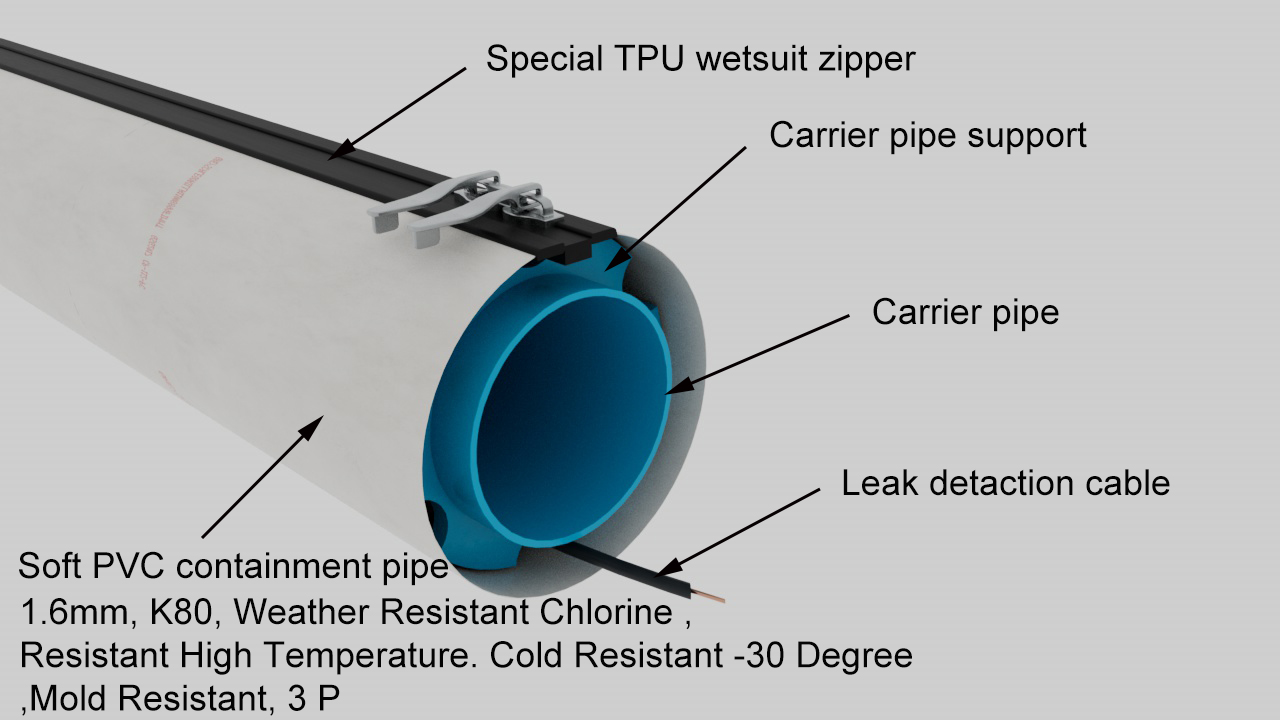What is Flexible containment piping systems different from plastic containment piping systems
Flexible containment piping systems and plastic containment piping systems are both used to transport fluids or gases while providing containment capabilities. However, there are some notable differences between the two:
-
Material Composition: Flexible containment piping systems typically consist of multiple layers, including an inner layer for fluid or gas transport and an outer layer for flexibility and containment. The outer layer is commonly made of materials such as thermoplastics or composites. In contrast, plastic containment piping systems are made entirely of plastic materials, such as PVC (polyvinyl chloride) or HDPE (high-density polyethylene).
-
Flexibility: As the name suggests, flexible containment piping systems are designed to be flexible and accommodate movement, vibration, and thermal expansion. They can bend and flex without compromising their integrity. Plastic containment piping systems, on the other hand, are typically rigid and not as flexible. They are often used for applications where minimal movement or thermal expansion is expected.
-
Installation: Flexible containment piping systems are generally easier and quicker to install compared to plastic containment piping systems. They require fewer fittings, joints, and welding, resulting in simplified installation and reduced labor costs. Plastic containment piping systems may require more complex installation procedures due to the rigidity of the material and the need for precise fittings and connections.
-
Environmental Resistance: Flexible containment piping systems are often highly resistant to corrosion, chemicals, UV exposure, and other environmental factors. They are suitable for transporting corrosive fluids or gases and can withstand various operating conditions. Plastic containment piping systems also offer good resistance to corrosion and chemicals but may have limitations in extreme environments or with highly aggressive substances.
-
Secondary Containment: While both types of piping systems provide containment capabilities, flexible containment piping systems have a built-in secondary containment feature. The flexible outer layer acts as an additional barrier, providing extra protection against leaks or spills. Plastic containment piping systems usually require separate secondary containment measures, such as bunds or containment berms, to comply with safety regulations.
In summary, flexible containment piping systems offer greater flexibility, easier installation, and built-in secondary containment compared to plastic containment piping systems. However, the choice between the two depends on the specific requirements of the application, including factors such as flexibility needs, resistance to environmental conditions, and regulatory compliance.






